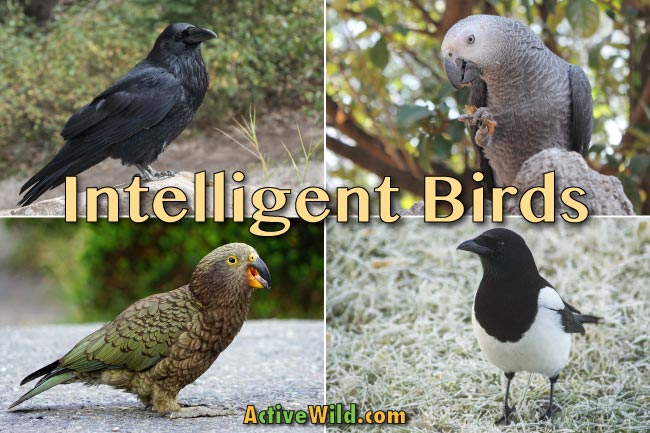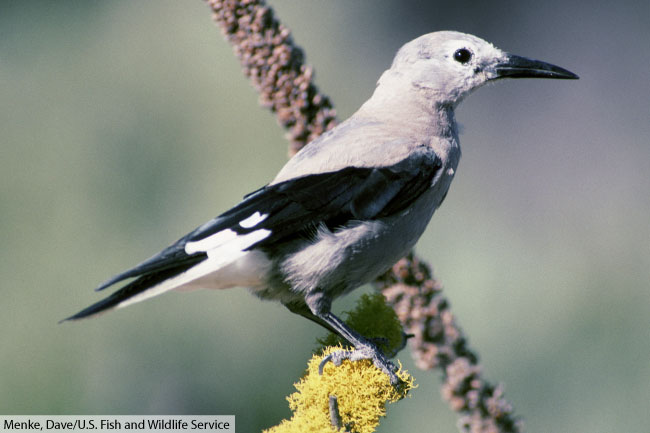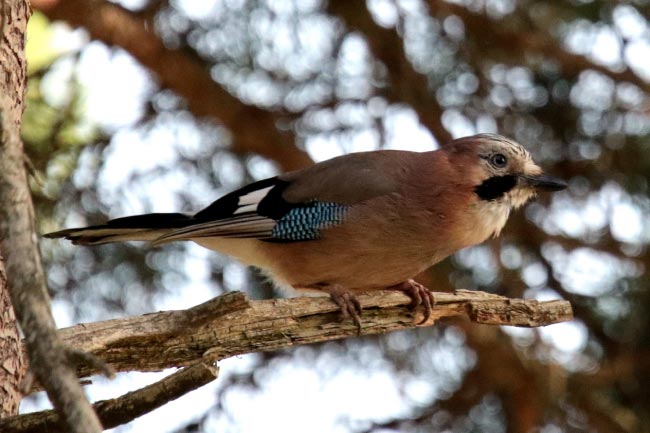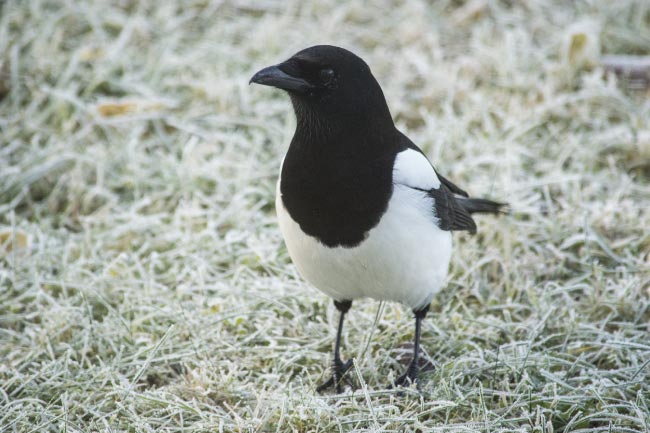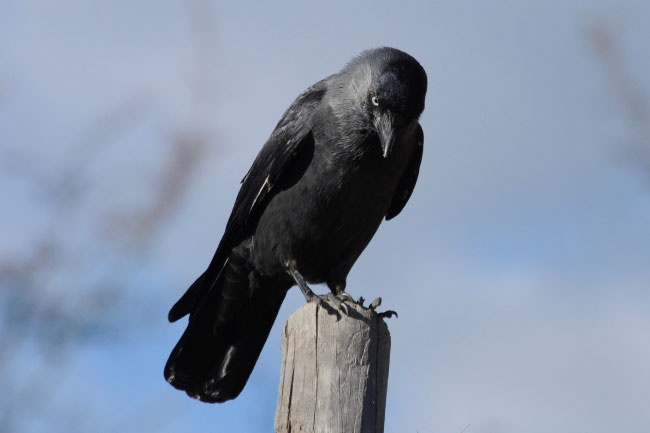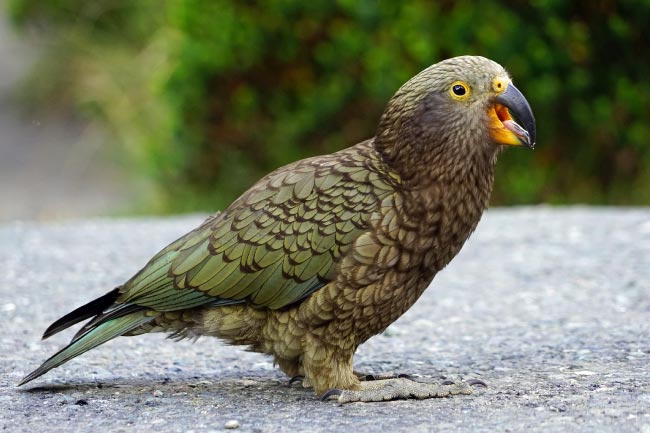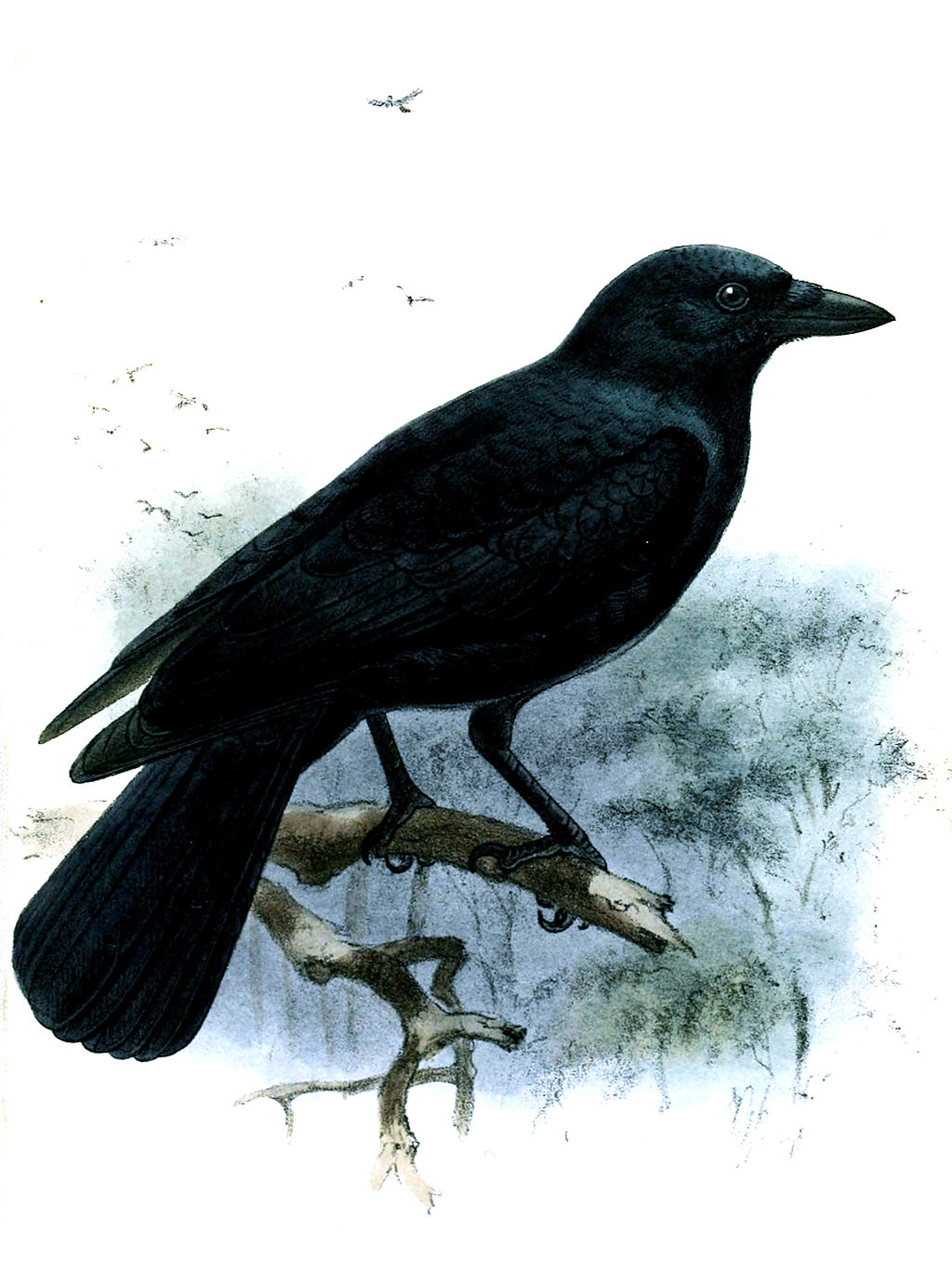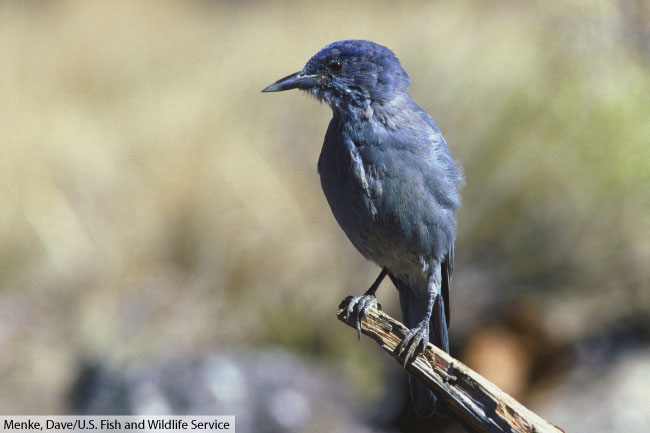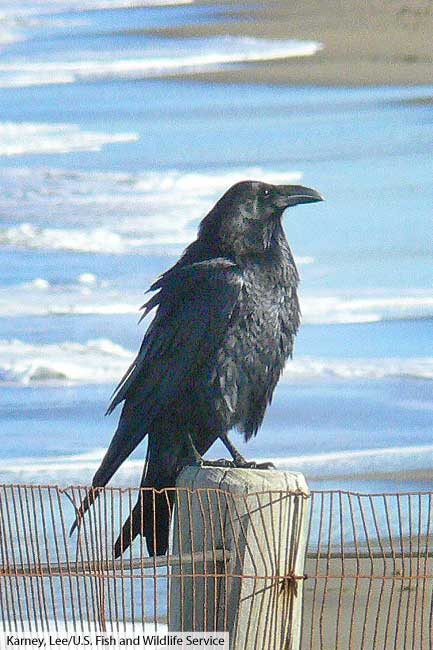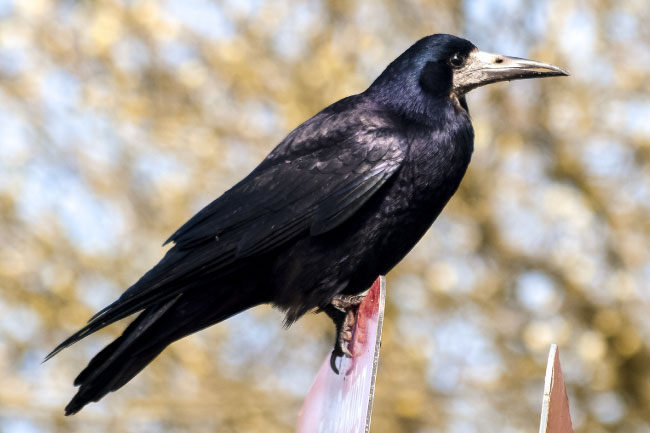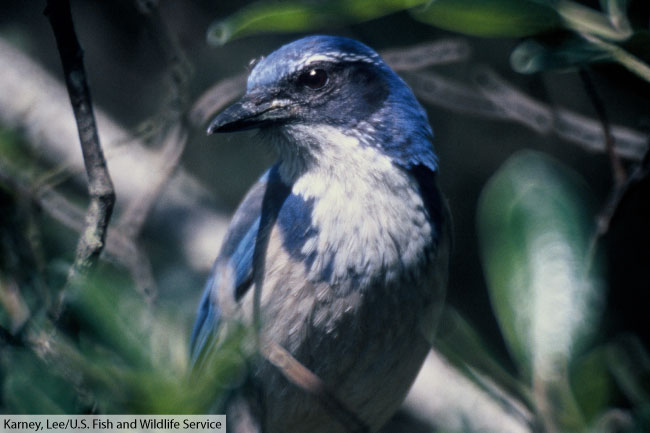Intelligent birds list. A list of the most intelligent birds, with pictures and facts. Part of our series on birds.
Intelligent Birds
As we found out on this page: Bird Intelligence: How Intelligent Are Birds?, our feathered friends are much more intelligent than we give them credit for.
Whether it’s using tools, talking, problem solving, counting or memorizing where food is hidden, some birds are able to outperform all but the very smartest mammals.
Two groups of birds are particularly well-known for being highly intelligent: crows and parrots.
Crows are members of the family Corvidae. This family includes birds such as ravens, rooks, magpies and jays.
Parrots are members of the order Psittaciformes, which includes three families: Psittacoidea (true parrots), Cacatuoidea (cockatoos), and Strigopoidea (New Zealand parrots).
Crows and parrots dominate this list of the world’s most intelligent birds, but they’re not the only smart birds; several other species also make an appearance.
List of Intelligent Birds (in no particular order)
1. African Grey Parrot – Understands the Meaning of Words
No list of intelligent birds would be complete without the African grey parrot. While not the brightest parrot in terms of color, the African grey is often reported as being one of the most intelligent of all birds.
African grey parrots are famous for their ability to talk. Individual African greys have been known to learn over 200 words. But plenty of birds can talk. What’s more impressive is that African Greys appear to understand the meaning of the words.
One particularly well-known African grey parrot was named ‘Alex’. He was the subject of a thirty year study which began at the University of Arizona. Alex was able to learn the names of over 50 objects. He could also correctly identify several colors, shapes and quantities, and select objects with different combinations of these qualities.
Perhaps the most extraordinary thing about Alex is that he is the only (non-human) animal ever to have asked a question, when he asked what color he was.
2. Clark's Nutcracker – Remembers Thousands of Locations
Clark’s nutcracker is a North American member of the crow family. The species is famous due to its ability to cache large quantities of food. (‘Caching’ is when birds hide surplus food for use at a later date.)
During the autumn Clark’s nutcracker hides multiple caches, each consisting of between 1 and 15 seeds. Over the season it may end up having stored 33,000 seeds in over 3,000 locations (some studies claim up to 98,000 seeds).
This intelligent bird can remember where its caches are with a high degree of accuracy. It can successfully locate its caches even if they are buried under snow, up to nine months after having been hidden.
3. Fork-Tailed Drongo – Mimics Alarm Calls To Steal Food
The fork-tailed drongo is a medium-sized passerine. (A passerine is a member of the order Passeriformes, which includes over half of all bird species.) It is found in Sub-Saharan Africa.
The fork-tailed drongo provides a useful service to other animals, acting as a sentry and raising the alarm when a predator is approaching.
However, the drongo’s intentions aren’t always entirely innocent. An excellent mimic, it will occasionally produce false alarm calls when it sees other animals eating.
This causes the other animals to flee, leaving the meal to the drongo. Drongos don’t only deceive other birds in this manner; meercats also fall victim to their tricks!
4. Eurasian Jay – An Attentive Husband
The Eurasian jay is a handsome woodland bird found across much of Europe and Asia, as well as in parts of North Africa. Known simply as a ‘jay’ in Britain, this corvid (member of the crow family) is the species after which all other jays are named.
The male Eurasian jay maintains a bond with his mate by bringing her gifts. But not just any gifts; the male jay is able to judge what type of gift his mate is most likely to want.
In tests, the male jay was first separated from his partner and allowed to eat until full. He then watched his partner eating. He was then presented with a choice of foods and allowed to return to his mate, at which point he would dutifully present her with a gift.
The experiment found that the male’s choice of gift was dependent not on communication, but rather on his understanding of his mate’s likely desires.
5. Eurasian Magpie – The Only Non-Mammal to Pass the Mirror Test
Being ‘self-aware’ basically means that you’re aware that you’re alive. The mirror test is designed to measure an animal’s capacity for self-awareness.
In the mirror test, a sticker is placed on part of an animal’s body that it can’t see. The animal is then placed in front of a mirror. If the animal tries to remove the sticker after seeing it in the reflection, the animal is deemed to be self-aware.
Very few animals are able to recognize their own reflections. The Eurasian magpie is so far the only non-mammalian animal to have passed the mirror test.
6. Goffin's Cockatoo – Uses Self-Control to Get Better Food
Goffin’s cockatoo, otherwise known as the Tanimbar corella, is a Southeast Asian parrot. It has Near Threatened status in the wild, and is often kept as a pet.
The species has been observed both making and using tools in captivity, despite not being known to do so in the wild.
A Goffin’s cockatoo named Figaro was studied by researchers at the University of Vienna. Figaro used a variety of tools to reach objects outside of his aviary. In tests he also demonstrated the ability to use self-control. He would choose not to eat one type of nut immediately if he knew that by waiting longer he’d receive a nut that he preferred.
7. Jackdaw – Able To Follow Your Gaze
Jackdaws are widespread and familiar members of the crow family. They are found throughout Europe, Asia and North Africa. In tests, jackdaws correctly identified a box in which food was hidden by following the researcher’s gaze.
Jackdaws can also count, and in tests will even bob their heads while doing so.
8. Kea – Inquisitive Problem Solver
The kea is an endangered parrot in the family Nestoridae. It is found on New Zealand’s South Island, where it lives in mountainous regions. It is the only parrot to live in an Alpine climate.
This intelligent bird is able to solve a variety of problems set by researchers, including the ‘trap-tube’ task, which involves the bird having to correctly manipulate a stick in order to obtain a food prize.
The kea is extremely inquisitive and naturally trusting. Known as the ‘clown of the mountains’, it will investigate items such as luggage, skis and cameras. Unfortunately, the kea is often so eager to examine human-made objects that it often damages them!
9. New Caledonian Crow – Famous Tool Maker
The New Caledonian crow is one of the best-known users of tools in the bird world. Not only does this intelligent bird use tools, it also makes them out of raw materials.
The tools are made out of tough leaves, and are used for reaching insects hidden within holes and under the bark of trees. The bird creates a different-shaped tool depending on what prey is being targeted.
Captive New Caledonian crows will also make their own tools. One bird, named Betty, made a hook by bending a straight bit of wire. This was used to retrieve food from a tube.
10. Pinyon Jay – Knows Its Place In The Pecking Order
In general, animals that live socially tend to be more intelligent than those that don’t. After all, social animals have to have a certain amount of intelligence in order to understand the rules of the group.
Pinyon jays are highly-social crows found in western North America. Studies have shown that by watching the social interactions of other pinyon jays – including some strangers – an individual bird is able to work out its own social rank, without knowing all of the other birds involved.
This saves all of the birds concerned a large amount of time and energy having to fight each other to find out where they all stand!
Pinyon jays are also great hoarders of food. A single pinyon jay can hide over 20,000 seeds in an autumn in preparation for winter.
11. Raven – A Social and Intelligent Large Crow That Enjoys Playing Games
Common ravens are the largest, and most widely distributed, of all crows. They also have some of the largest brains in the bird world. It is no surprise that they are considered to be among the world’s most intelligent birds.
Ravens can recognize other ravens even after having been separated for three years. They can also recognize individual humans.
Ravens have a large vocabulary, and individuals have their own, unique contact calls.
If ravens fight, the combatants will often attempt to reconcile one another shortly afterwards, preventing further friction. Bystanders to the fight will also console the loser. This behavior suggests the ravens are showing empathy, i.e. they understand how the victim is feeling.
Play is an activity often associated with intelligent animals. Ravens have been observed playing. Their games include sliding on snow, acrobatic flying and even playing chicken with other species, including wolves … which doesn’t actually seem particularly intelligent when you think about it.
12. Rook – Smarter Than Many Children
Rooks are yet another crow species renowned for their high intelligence. Rooks, like ravens, have been observed playing games, including tug of war.
Rooks are also capable of solving the ‘Aesop’s Fable Task’. This test of intelligence is based on Aesop’s Fable ‘The Crow and the Pitcher’, in which a thirsty crow is unable to drink from a pitcher because the water level is too low. In the fable, the crow solves the problem by dropping stones into the pitcher, thereby raising the water level and allowing the bird to drink.
In the Aesop’s Fable Task, the rook is faced with a tube half-filled with water. Floating on the surface of the water is a worm. Rooks are able to work out that if stones are dropped into the water, the water level rises. This in turn brings the worm into reach.
Many young children are unable to solve this problem spontaneously.
13. Western Scrub Jay – Doesn’t Like Being Watched When Hiding Its Food
The western scrub jay is another species that caches surplus food during times of plenty, which it then relies on during leaner months.
Western scrub jays have learned that certain food goes bad faster than other foods. Using this information, they time their return visits to caching sites while the food is still edible.
Tests have shown that the birds remember what they cached, as well as where and when they cached it. Some researchers think that this is proof that some birds have ‘episodic memory’, in which the actual event of hiding the food can be recalled.
Western scrub jays are also capable of deception. If they feel that they are being watched when they are hiding food, they will recover the food and hide it again numerous times.
As if this isn’t enough, they will also pretend to recover food and go through the motions of hiding it again, in behavior designed to deceive the onlooker.
14. Woodpecker Finch – A Tool-Using Bird From The Galapagos Islands
The woodpecker finch is a small bird in the tanager family. Found on the Galapagos Islands, it is one of the few birds that uses tools in the wild.
Lacking the long, strong bill of its (unrelated) namesake, the woodpecker finch instead creates its own tools. These consist of cactus spines and twigs, and are used for extracting grubs from trees.
The woodpecker finch will try a selection of tools in order to find the most suitable one for the job. The bird has also been observed modifying its chosen tool so that it may perform the task more effectively.
Intelligent Birds List: Conclusion
In this list of intelligent birds we’ve met birds that can count, birds that use tools, birds that make their own tools, birds that can talk, as well as species that demonstrate a whole raft of other intelligent behavior.
The more we learn about birds, the more we are beginning to realize just how complex their lives – and their minds – are. Who knows, perhaps in time the insult ‘bird brain’ could become a compliment!
We hope that the species featured on this page have given you an insight into just what birds are capable of. There are many other intelligent birds other than those featured here. In time we’ll be adding more species to this ‘hall of fame for clever birds.
What is your favorite intelligent bird? Have you witnessed any birds doing anything smart? Let us know in the comments below!

